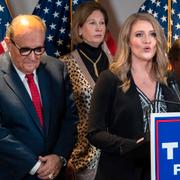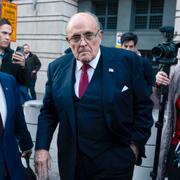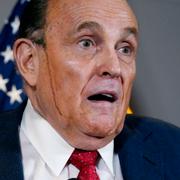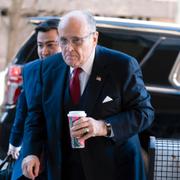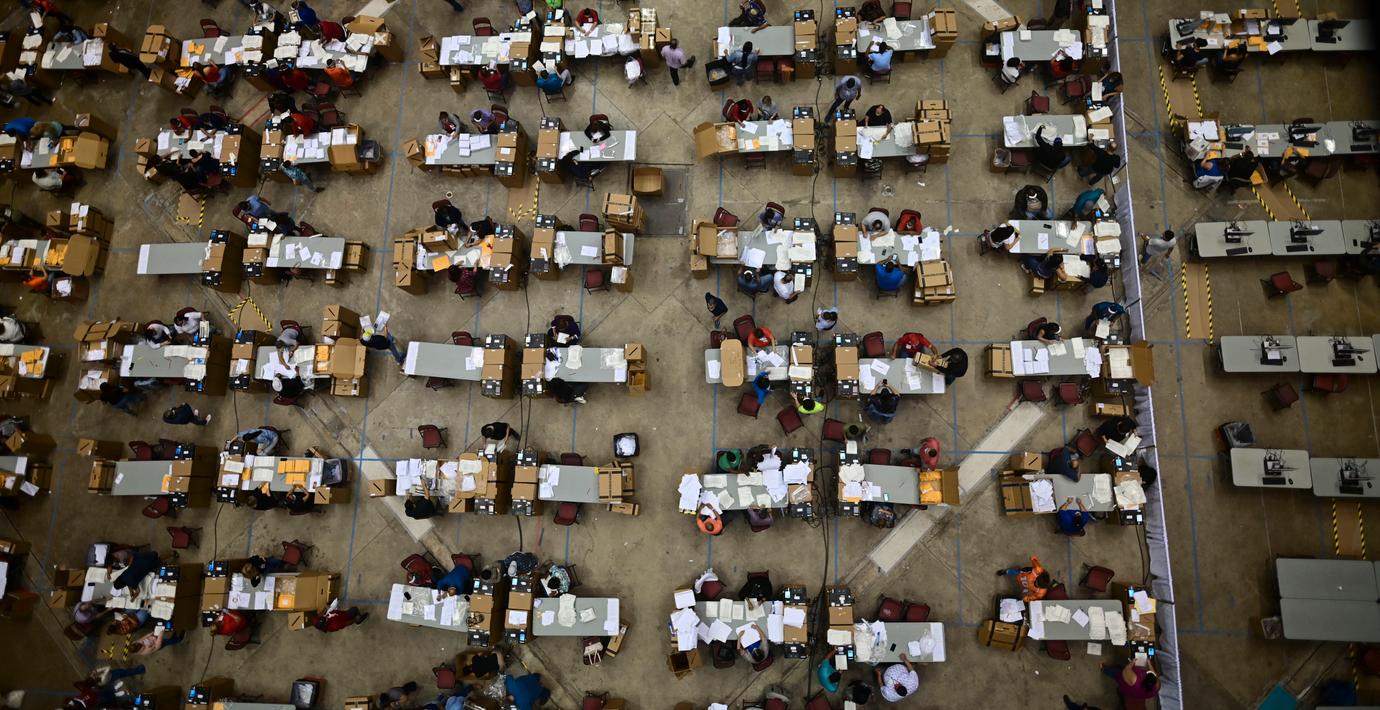
Puerto Rico vill bli delstat nummer 51 – men lär få nej
Puerto Rico vill bli USA:s 51:a delstat, skriver New York Times. Med 95 procent av rösterna räknade har 52 procent av invånarna i området, som är amerikanskt territorium, röstat ja till en sådan utveckling.
Det är sjätte gången Puerto Rico röstar om saken, men det har aldrig lett till att den amerikanska kongressen har agerat. Och samma sak lär hända nu.
Republikanerna i kongressen har ofta varit kritiska mot rörelsen som vill göra öarna till en egen delstat, i och med att det skulle kunna leda till fler demokrater i kongressen. Dessutom, skriver tidningen, är det inte särskilt troligt att ett av landets fattigaste områden får bli en egen delstat.
bakgrund
Delstatsrörelsen i Puerto Rico
Wikipedia (en)
The statehood movement in Puerto Rico (Spanish: Estadidad de Puerto Rico) aims to make Puerto Rico a state of the United States. Five referendums have been held on the topic, most recently in 2017. The population of Puerto Rico in 2015 was over three million people and larger than that of 21 states.In November 2012, a referendum, the fourth as of that date, was held. Fifty-four percent (54.0%) voted "No" to maintaining the current political status. As their preferred alternative to remaining a commonwealth, 61.11% chose statehood, 33.34% chose free association, and 5.55% chose independence. On December 11, 2012, the Legislative Assembly of Puerto Rico enacted a concurrent resolution requesting the President and the Congress of the United States to respond diligently and effectively on the demand of the people of Puerto Rico to end its current political status and to begin the transition of Puerto Rico to become a state of the union.In 2014, resolutions were introduced in both houses of the United States Congress (H.R. 2000; S. 2020) to hold a yes-or-no referendum among the residents of Puerto Rico on statehood. If a "yes" majority prevailed, the President would have been required to submit legislation to Congress enacting Puerto Rican statehood. Both resolutions died in committee.A fifth referendum was held on June 11, 2017. Turnout was 23%, a historical failure in a territory where voting turnout usually hovers around 80%. A boycott of the vote was led by the citizenry at large, citing discontent over never-ending non-binding referendums, and protesting Ricardo Rosselló's pro-statehood administration's choice to spend public funds in subsidizing this vote when the island was in the midst of a devastating fiscal crisis and battered by the imposed austerity measures of a non-elected fiscal control board regarded as the height of colonial imposition. Some would later try to attribute the boycott to the PPD party, citing its support for the status quo. The numbers, however, do not support the notion that the boycott was divided along party lines. Of the minimal number of voters who participated, 97.18% chose statehood, 1.50% favored independence and 1.32% chose to maintain the commonwealth status.
In June 2018, Rep. Jenniffer González filed a bill that would pave the way for Puerto Rico to become a state in 2021; the bill was not acted upon after introduction.
Omni är politiskt obundna och oberoende. Vi strävar efter att ge fler perspektiv på nyheterna. Har du frågor eller synpunkter kring vår rapportering? Kontakta redaktionen
